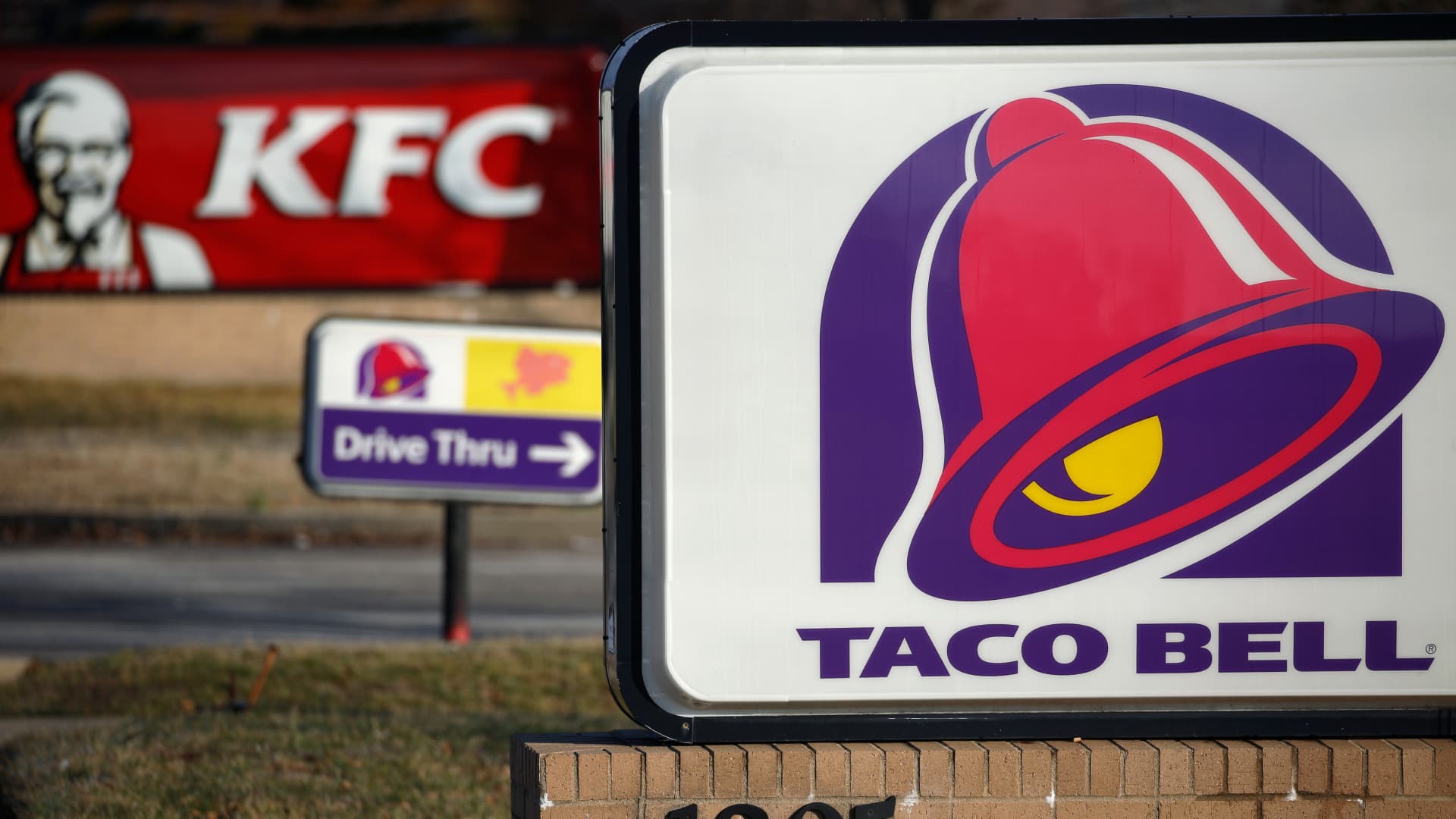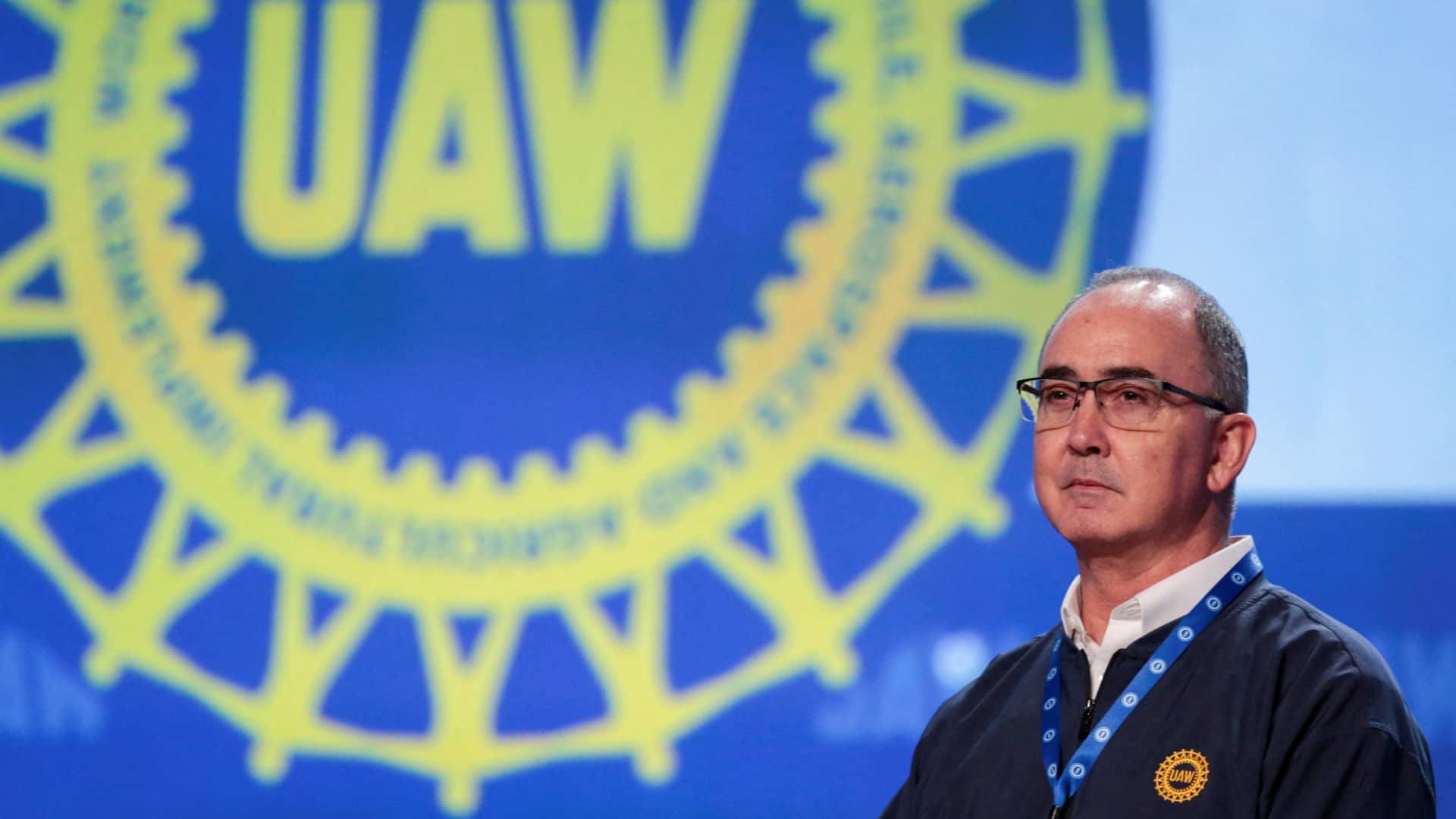Boeing’s new 737 MAX-9 is seen under construction at its production facility in Renton, Washington, on February 13, 2017.
Jason Redmond | Reuters
boeingThe United States’ plan to regain a solid footing after a series of quality failures in its best-selling plane suffered a near-disastrous blow on Friday when a panel on the plane exploded during a Alaska Airlines flight, leaving a huge hole in row 26.
Less than a day later, the Federal Aviation Administration ordered the grounding of most 737 Max 9 aircraft, affecting about 171 aircraft worldwide, so they could be inspected. On Sunday, the agency said, “they will remain grounded until the FAA is satisfied they are safe.”
Several factors aboard Alaska Airlines Flight 1282 on Friday afternoon, including its lower-than-cruising altitude and unoccupied seats where it mattered most, helped prevent serious injuries, or worse, to the 171 passengers and six crew members on board. flight. The force of the event was so violent that it appeared to have torn some headrests and backrests from the cabin, according to the first details of the federal investigation.
The terrifying incident means fresh scrutiny for Boeing, which has been working to get its 737 Max program back on track after two fatal crashes, the supply chain ravages of the Covid-19 pandemic and a host of other quality issues. small but worrying in recent months.
The 737 Max 9 flown by Alaska Airlines on Friday was delivered less than three months ago.
“The fact that it was a virtually new airplane is a cause for concern,” said Jim Hall, former chairman of the National Transportation Safety Board.
united airlines and Alaska Airlines, the largest operators of the 737 Max 9, said Saturday they suspended flights with those planes, forcing the airlines to cancel more than 400 flights.
‘Transition year’
Boeing leadership has spent about five years regrouping after the 2018 and 2019 fatal crashes of its smaller and more popular Boeing 737 Max 8, which led to a global grounding of the Max 8 and Max 9, the two types that fly commercially.
It successfully regained regulatory approval to allow airlines to fly the planes in late 2020 and has secured hundreds of new orders for the planes as airlines race each other for new planes, which are sold out for the most part. of this decade at Boeing and its rival. Airbus.
Boeing has been trying to increase production of the plane while eliminating quality problems such as possibly loose rudder system bolts and holes that were drilled incorrectly on certain planes. Those defects prompted additional inspections and, in some cases, delayed deliveries to airlines.
Boeing has not yet gained approval from regulators for airlines to begin flying the smaller Max 7 and larger Max 10 models.
“I’ve heard some of you wonder if we’ve lost a step in this recovery,” Boeing CEO Dave Calhoun told Wall Street analysts on an earnings call in October. “You may not be surprised to learn that I see it as exactly the opposite. In recent years, we have added rigor to our quality processes.”
Calhoun said last month in a statement announcing a new chief operating officer that 2024 would be an “important transition year in our performance as we continue to restore our operational and financial strength.”
Wall Street analysts expect Boeing to post its sixth consecutive quarterly net loss when it reports results on Jan. 31, according to FactSet estimates. They also expect the manufacturer to be profitable this year starting in the first quarter.
Boeing shares gained about 37% in 2023, the stock’s best percentage gain since 2017 and its first annual gain since a modest gain in 2019.
Flight risk
Jennifer Homendy, chairwoman of the National Transportation Safety Board, which is leading the investigation into Friday’s crash, said at a news conference Saturday night in Portland, Oregon, that the investigation is focused on the Alaska flight. Airlines and the plane, not in the entire Boeing 737 Max fleet.
There will be big questions to answer about how exactly the panel exploded at 16,000 feet, putting a plane full of passengers at risk.
fuselage supplier Spiritual Aerosystems said it installed the plug door, an emergency exit door that is cut into the plane but is not designed for use on certain plane configurations, such as those on United and Alaska, and is therefore sealed. A Boeing spokeswoman declined to comment on whether Boeing is the last to seal the door before the planes are delivered to airlines, citing the ongoing investigation.
John Goglia, a former NTSB member and transportation safety consultant, said the Alaska Airlines incident will likely be a “small problem” for Boeing, but argued that federal regulators should take a closer look at Boeing as it prepares for produce even more 737 Max.
“If I were the FAA, I would say, ‘Show me six months where you haven’t had any assembly problems,'” he said. “The FAA needs to rein in Boeing.”
According to Jefferies, the 737 Max 9 represents just 2% of Boeing’s order book of more than 4,500 Max aircraft. It is much less popular than the Max 8, which accounts for about 68% of the Maxes customers have ordered from Boeing.
And although the planes will remain grounded for the time being, some safety experts do not expect the same level of impact on the company as that seen after the Max crashes of 2018 and 2019, which involved control software. Of flight.
Richard Aboulafia, CEO of aviation consulting firm Aerodynamic Advisory, said the problem on the Alaska Airlines plane appears to be a manufacturing problem, not an inherent design defect.
This should make the investigation and recovery easier for Boeing, he said.
And, of course, there’s the fact that no one died after Friday’s flight, unlike the 346 people who died in the 2018 and 2019 crashes.
Narrowly escaping tragedy
No serious injuries were reported after the Alaska Airlines flight.
There was no one sitting in 26A and 26B, the window and middle seats next to the panel that exploded. The plane had not yet reached cruising altitude, which may be double the 16,000 feet where the incident occurred, which also helped, because passengers and flight attendants were not walking around the cabin.
As of Saturday night, the NTSB was asking the public for help finding the missing door, which investigators believe landed in a Portland suburb.
“We don’t often talk about psychological injuries, but I’m sure that happened here,” Homendy, the NTSB chairman, said at a news conference in Portland Saturday night.
“We’re very, very fortunate that this didn’t end as something more tragic,” Homendy said.









